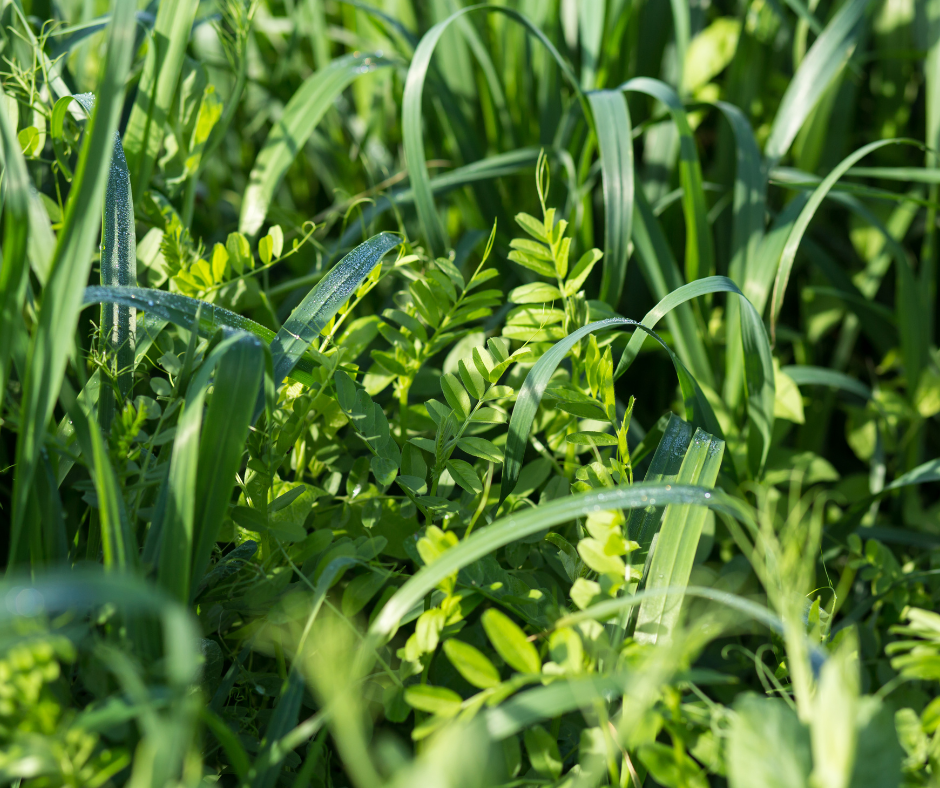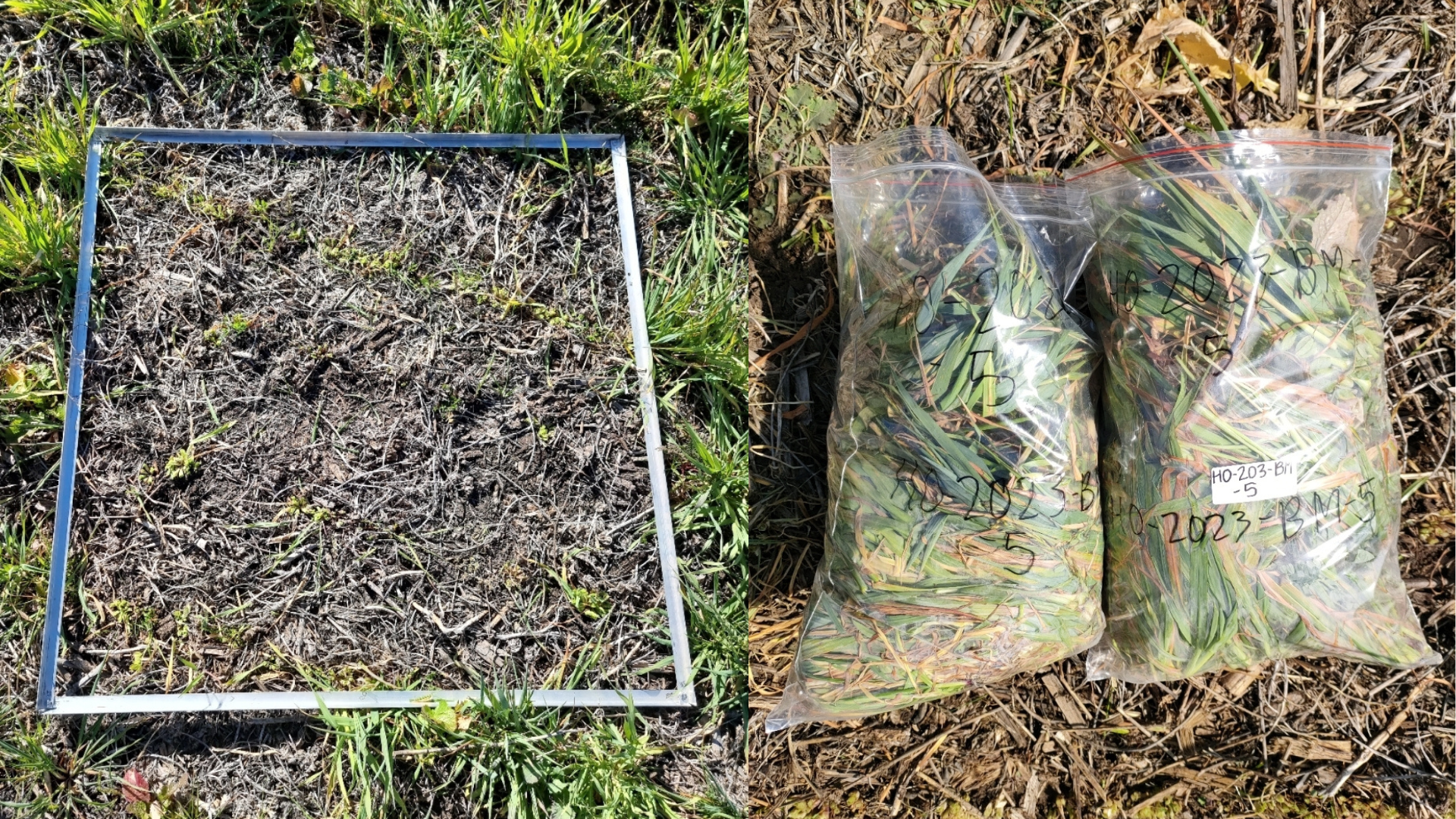

Cover crops are a key component of regenerative agriculture, providing numerous benefits to farmers and the environment. One often overlooked aspect of cover crop management is biomass sampling, a practice that allows farmers to better assess their cover crops' performance and make informed grazing and termination decisions.
Cover crops play a crucial role in enhancing soil health, reducing erosion, mitigating weed pressure, promoting biodiversity, and improving water management. By sampling cover crop biomass, farmers gain insights into the efficacy of their cover crop practices and their contribution to these important agricultural and environmental aspects. Biomass sampling gives hard numbers that can be compared between seasons, allowing for the comparison of cover crop establishment methods, species composition, fertilization, weed suppression potential, and grazing value.
Step 1: Planning for the Sampling Process
Before starting, set clear objectives and goals for the sampling (which fields do you want to sample, when do you want to sample them, how many samples do you want to take, etc.). Collect all the necessary materials and tools to avoid interruptions during the process. It is also important to carefully log the coordinates of the points where you take your biomass samples.
Step 2: Selecting Representative Sampling Sites
Choose sampling sites using the grid or random sampling approach, ensuring that they truly represent the entire field. In uniform fields you don't need as many samples as in fields with lots of variation.
Step 3: Implementing the Sampling Procedure
A one square meter quadrant is the most common sampling size. This is usually achieved using a frame or measuring tapes to ensure that you collect all the plant material in the area. Use proper techniques to collect cover crop biomass samples accurately, the cover crop should be cut off at about 0–2cm above the ground, and no roots should be included in your sample. Weigh the biomass sample as soon as possible to determine the fresh weight. Also, ensure that you do not collect crop residues left after the previous crop was harvested.
 of cover crop vs no cover crop" />
of cover crop vs no cover crop" />
You should also dry your samples by placing them in drying ovens or in appropriate boxes in warm areas with good ventilation. Once you feel that the sample is dry, weigh it and record the weight. Then let the sample dry for a few more days, after which you should weigh it again. If there is no significant difference in the sample's weight, you can assume that the sample has dried completely.
Step 4: Recording and Analyzing Data
Create a data collection sheet to record all relevant information. Here, it is helpful to know how to convert from square meters to hectares. If you sampled one square meter, you need to multiply the dry weight by 10,000 to get the biomass produced over the entire hectare. This means that if the dry weight you collected in one square meter was 350g, that works out to 3,5t/ha.
Step 5: Interpreting Results and Making Decisions
Compare the collected data with your objectives and targets. Use the insights gained to adapt cover crop management practices for the future. You can also base your grazing planning on your results.
Cover crop biomass sampling is a crucial practice that empowers farmers to optimize cover crop management. By understanding its significance and following a systematic approach, farmers can harness the full potential of cover crops, fostering environmental stewardship and agricultural prosperity for future generations.
You can download a template data sheet for recording cover crop biomass here. Farmers and consultants are welcome to use and share this template and contact Orizon if you need help planning your cover crop biomass sampling strategy.